Description
Overview
Glowing 3D pumpkins?! Yes, please! In this guided, in-person STEAM (Sci-Tech-Eng-Art-Math) Lab, students are invited to explore the science and engineering behind glowing 3D Printed pumpkins. Each hands-on, project-based learning (PBL) STEAMwhiz Lab will let students learn, design, and fabricate a glowing 3D printed pumpkin using light-emitting diode technology, computer-aided design (CAD) software, and 3D printers. They will experience the engineering design process and the fundamental science behind the technology. At the end of the lab, they will get to take home their glowing 3D printed pumpkin!!
Make that pumpkin GLOW! Design, test, and refine a device that converts energy from one form to another. Students will be engaged via hands-on exploration, graphics, animations, and lab demonstrations to develop an understanding of the science behind LED’s (light-emitting diodes). Can an LED make a pumpkin glow? Of course, but how does that work, does all light tech work the same, what kind of elements are needed in the light circuit, does light bulb tech help our environment? Hall-o-STEAM by STEAMwhiz is ready to make serious science, seriously fun that will empower your NextGen ‘thinker(s) & doer(s)’ to DISCOVER, TEST, ANALYZE, and CREATE.
Questions? Please don’t hesitate to reach out to us via Facebook or email us.
Session details
What is it? A Guided Sci-Tech Lab
- An in-person lab that will stimulate your children to use their analytical and critical thinking
- Gather 3-6 friends together to form your Learning POD and let STEAMwhiz do the rest!
Who is it for? Capitial District Kids
- Ages 7-13
- The STEAMwhiz Lab is located in Guilderland, NY.
- Parents are encouraged to stay and observe to see what this STEAMwhiz thing is ALL about!
Time? Lab Length 1.5 hours
- Select your day and time above
Requirements?
- Brains for thinking, hands for doing, & a positive growth mindset
Lab Material? The Science and Engineering Behind Glowing 3D Printed Pumpkins
- Introduction and instruction in 3D Printing and 3D Space.
- Establish design criteria to meet the Pumpkin/Jack-O-Lantern 3D Printed design challenge.
- Development of a simple sketch and/or drawing to illustrate how the shape of an object helps its function.
- Introduction and instruction in Computer-Aided Design (CAD) software.
- Evaluation of competing design solutions using a systematic approach to determine how well each design meets the criteria and constraints of the 3D Printed design challenge.
- Fabrication of 3D Printed pumpkin.
- Introduction and instruction in Light-Emitting Diode technology.
- Comparison of lamp and light source technologies.
- An experimental design that provides evidence that “invisible” fields exist between objects exerting forces on each other even though the objects are not in contact.
- Application of scientific ideas to design, test, and refine a circuit that converts energy from one form to another.
- Making observations to provide evidence that energy can be transferred by electric currents.
- Exploring the relationship between light bulb tech and our environment.
Instructor? The STEAM-Team
STEAM-Team or DreamTeam? 😉 This lab is taught by STEAMwhiz’s lead educator Allie P. She is certified in K-6th education, published STEM education work in a peer-reviewed journal, and has over 15 years of classroom experience and curriculum development. The lab is overseen by STEAMwhiz’s scientist Dr. J who holds a Ph.D. in Engineering Sciences, has worked as a physicist at premier U.S. research institutions as well as an engineer at fortune 500 companies, and authored over a dozen publications in top-tier journals. Together they are driven by their passion to empower students to develop their analytical and critical thinking, necessary to prepare them for the future.
COVID-19 Safety
At STEAMwhiz we are guided by the best-known science and follow the most conservative, best practices to ensure your children and our educators are safe.
Sick/Symptomatic Guidelines – any child that shows any symptoms that are related to, been in contact with, or contracted COVID-19 within the last 14 days should stay home. Related symptoms include but are not limited to: fever, runny nose, shortness/difficulty breathing, cough, loss of taste or smell, nausea/vomiting, sore throat, diarrhea. If you have any doubt please contact us before bringing your child.
Temperature checks – all people entering the lab will be required to have their temperature taken via a non-contact infrared thermometer.
HVAC system – The STEAMwhiz lab has a dedicated air handler that is constantly filtering air 24hr a day and 7 days a week. The MERV filters being used are rated eleven or better and have been tested in our labs to remove particles down to 0.1 microns (similar to N95 masks).
Laboratory Decontamination – On top of the air being cleansed 24/7, the STEAMwhiz lab is decontaminated after every session. All hard surfaces are wiped down using a bleach solution and the lab is exposed to UVC radiation nightly.
Masks – Your child we be required to wear a mask within the STEAMwhiz lab.
Social distancing – There will be a maximum of 4 children per session in the lab and social distancing protocols will be followed.
Educational Standards
Below are the educational standards that apply to this lab.
Next Generation Science Standards, New York State Science Learning Standards
K-2: Waves: Light and Sound
1-PS4-2: Make observation (firsthand or from media) to construct an evidence-based account that objects can be seen only when illuminated.
1-PS4-3: Plan and conduct an investigation to determine the effect of placing objects made with different materials in the path of a beam of light.
3-5: Forces and Interactions
3-PS2-3: Ask questions to determine cause and effect relationships of electric or magnetic interaction between two objects not in contact with each other.
3-5: Energy
4-PS3-2: Make observations to provide evidence that energy is conserved as it is transferred and/or converted from one form to another.
4-PS3-4: Apply scientific ideas to design, test, and refine a device that converts energy from one form to another.
3-5: Engineering Design
3-5-ETS1-2: Generate and compare multiple possible solutions to a problem based on how well each is likely to meet the criteria and constraints of the problem.
6-8: Forces and Interactions
MS-PS2-3: Ask questions about data to determine the factors that affect the strength of electric and magnetic forces.
MS-PS2-5: Conduct an investigation and evaluate the experimental design to provide evidence that fields exist between objects exerting forces on each other even though the objects are not in contact.
6-8: Energy
MS-PS3-6: Make observations to provide evidence that energy can be transferred by electric currents.
6-8: Engineering Design
MS-ETS1-2: Evaluate competing design solutions using a systematic process to determine how well they meet the criteria and constraints of the problem.
Common Core State Standards- Math
K-2: Geometry
Identify and describe shapes (squares, circles, triangles, rectangles, hexagons, cubes, cylinders, and spheres).
Analyze, compare, create, and compose shapes.
Reason with shapes and their attributes.
6-8: Geometry
Draw, construct, and describe geometrical figures and describe the relationship between them.
Understand congruence and similarity using physical models, transparencies, or geometry software.
STEAMwhiz Keywords
3D Printing Technology
Light Emitting Diodes
Computer-Aided Design

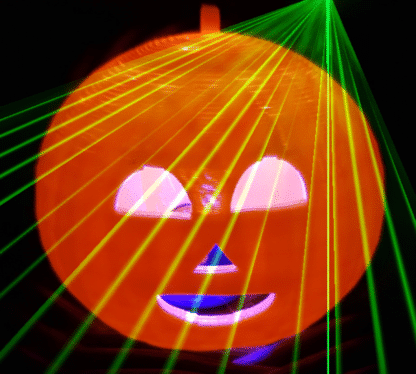
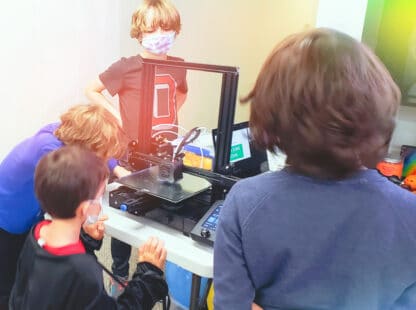
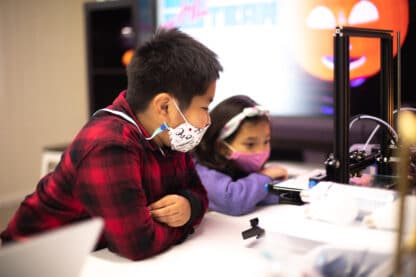
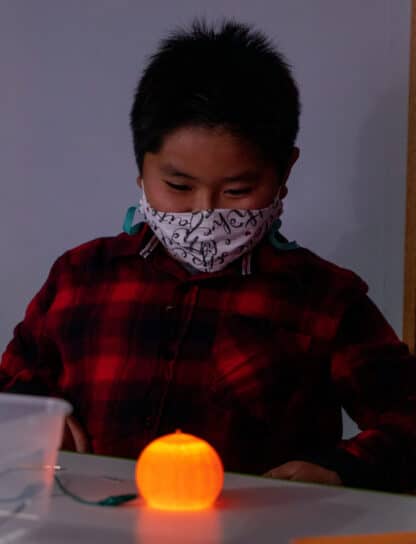
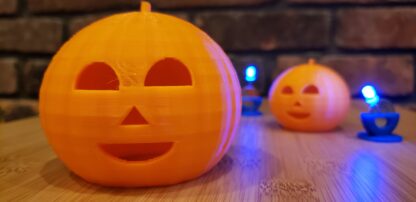








Reviews
There are no reviews yet.